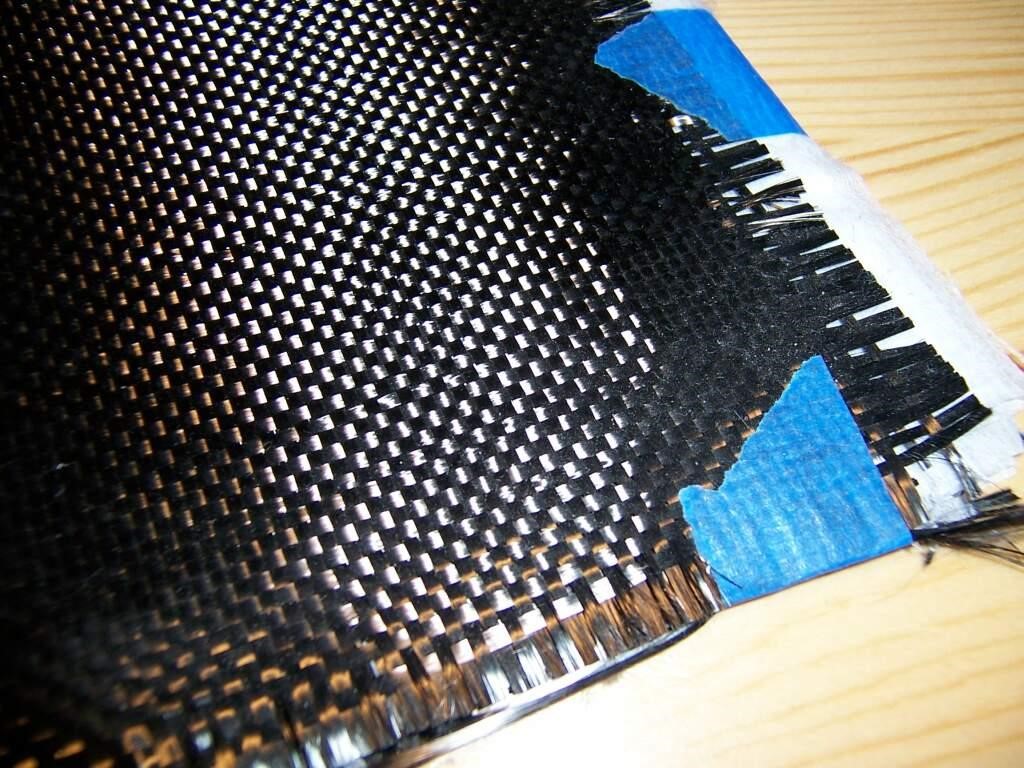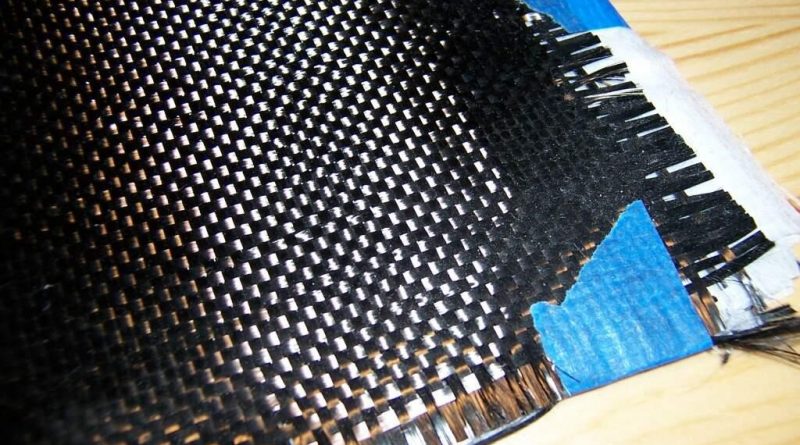Things to Know about Carbon Fibre
Carbon fibre is increasingly being used in UK manufacturing as it offers a string of advantages. With physical properties that include being both incredibly strong and amazingly light, it’s no wonder it’s seen everywhere from architecture to car manufacture. If you’ve ever wondered about carbon fibre read on for five key things to know about this unique material.
It’s even in the Ready Mix Concrete Derby products to make it more sturdy and give it longevity.

Carbon Fibre is Valuable
One of the reasons we don’t see carbon fibre built into products quite as much as we would think is that is not a cheap material. However, its durability, strength and lightness do outweigh its cost as it can hugely increase the lifetime of a certain product.
Carbon Fibre: Strength and Lightness
Carbon fibre is unusually strong, but despite this strength, it offers flexibility. Traditionally strong materials such steel are prone to stiffness and rigidity but carbon fibre is both strong, resilient and easily manoeuvrable.
It is also surprising light, which means you can add strength to a product without adding weight. In fact when comparing it to steel not only is it more flexible, stronger and lighter, it also doesn’t rust.
Car Roofs Benefit from Carbon Fibre
Because of its cost, sometimes carbon fibre is just used in certain car components, notably it is used on the roof where it actually improves the handling of the car… but how? Well its lightness means the car weighs more from the bottom and has a lower centre of gravity, making it easier to drive.
Wheels Also Benefit from Carbon Fibre
Carbon fibre is increasingly seen as a material used in wheels. These wheels provide better steering, improved acceleration, reduce the unsprung weight of the car, reduce the noise of the wheel and generally improve the handling of the vehicle.
Carbon Fibre Can Be Used with Other Materials
Many manufactures, especially in the automotive and architecture industry are making the most of carbon fibre but keeping costs down by incorporating it into other materials. This still improves strength and reduces weight, but doesn’t result in a vastly more expensive end product.


